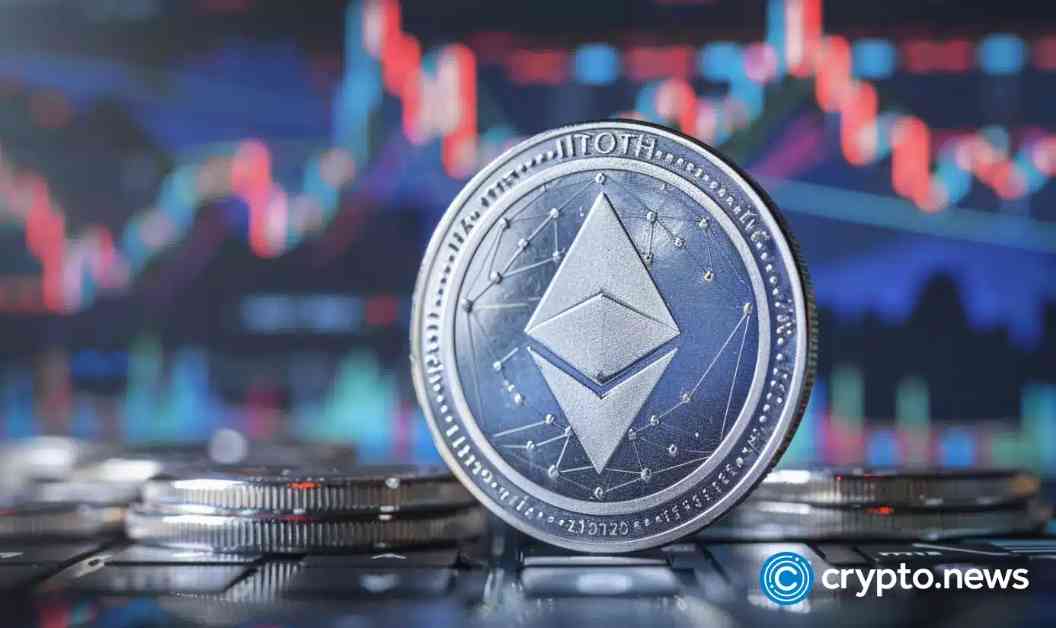Ethereum (ETH) has recently seen a significant decrease in its average gas fees, dropping to just 3 Gwei on June 30, the lowest since November 2016. This reduction in gas fees has sparked discussions on whether the network will expand further in the future.
Gas fees are crucial to the Ethereum network as they cover the costs of various operations and ensure security by incentivizing validators. The recent drop in fees has been attributed to increased efficiency in the layer-1 market, driven by a rise in layer-2 volume and the introduction of “blob transactions” through EIP-4844, enhancing Ethereum’s scalability.
Looking back a year ago, median gas prices were much higher, ranging between 15 to 20 Gwei. However, following the Dencun upgrade in March 2024, gas prices have steadily declined. In April, Ethereum’s median gas price hit a three-year low of 6.43 Gwei, and on June 23, it dropped below 3 Gwei, leading to some of the lowest hours for gas fees in the last seven years.
The decrease in gas fees is significant for Ethereum for several reasons. Lower fees make the network more accessible to a wider audience, attracting more users and developers. This increased accessibility can drive the adoption of Ethereum-based applications and services, strengthening the network’s position in the blockchain ecosystem.
Affordable gas fees also help maintain the network’s security and functionality without excluding smaller participants. This inclusivity is essential for promoting innovation and ensuring that the benefits of blockchain technology reach a broader audience.
Furthermore, lower gas fees can boost activity in sectors like decentralized finance (DeFi) and non-fungible tokens (NFTs), which have been hindered by high transaction costs in the past. The reduction in fees could stimulate growth and innovation in these areas, leading to a more vibrant ecosystem on the Ethereum network.
Overall, the recent decrease in Ethereum’s gas fees is a positive development that could pave the way for further network expansion and increased adoption. As the network continues to optimize its efficiency and scalability, we may see more advancements that benefit users, developers, and the broader blockchain community.

